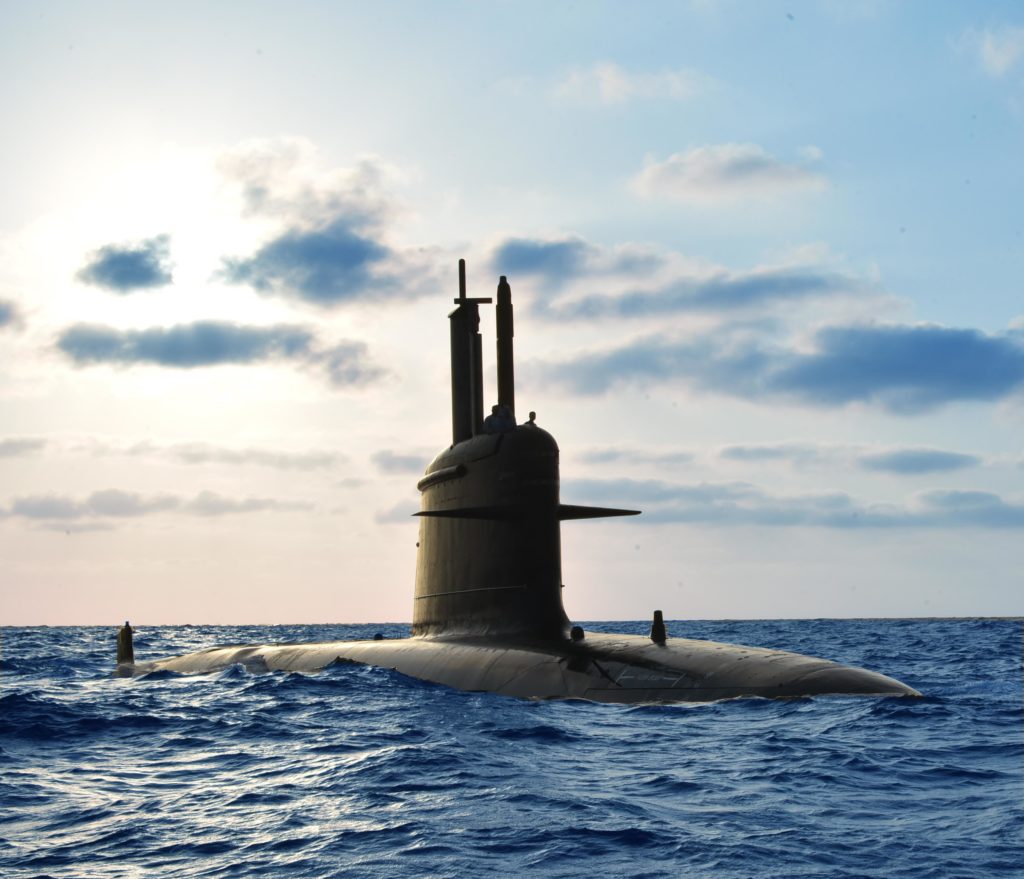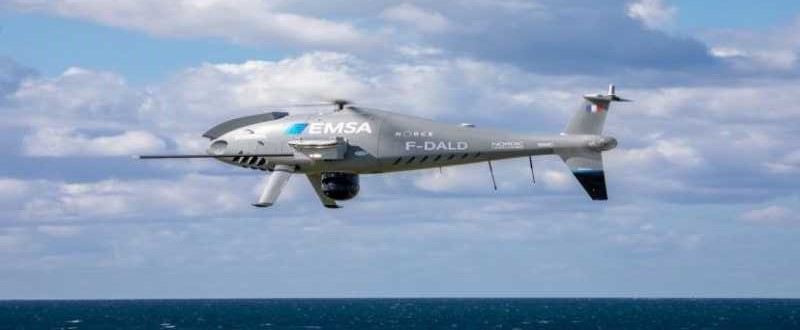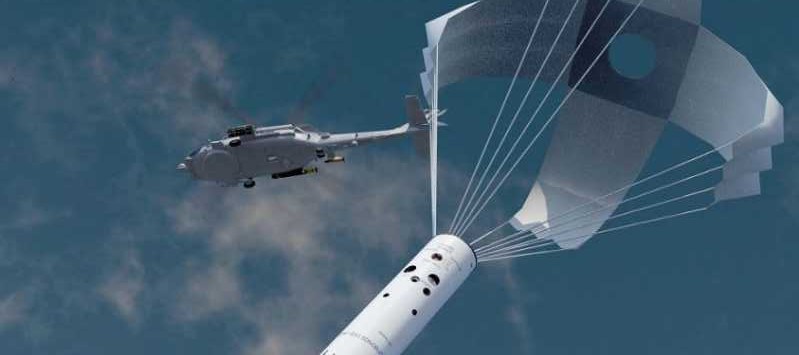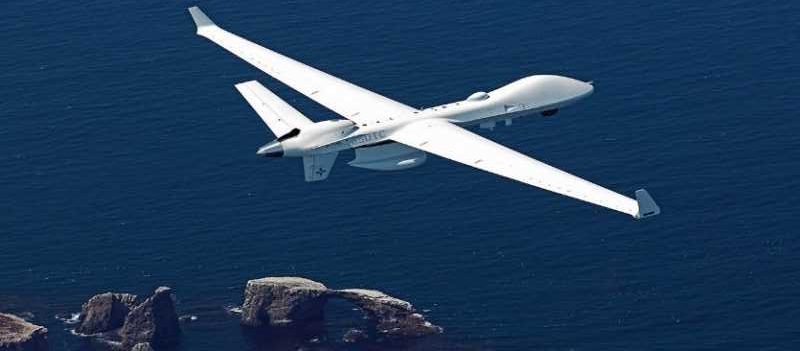Leaving behind an era of imports and dependence, the Indian Navy is all poised for an exponential growth as firm steps are being taken towards an all-round indigenisation, which will be crucial for protecting the country’s long and vulnerable coastline in future. Upholding the national mission of ‘make in India’, the Ministry of Defence is already promoting procurement of major equipment through Indian vendors, thus encouraging the Indian industrial firms to collaborate with foreign companies, to develop key niche technologies and be the prime contractor.
 The government’s intention to give a major boost to indigenization in the defence sector is clearly evident in the extensive Indian Navy Indigenisation Plan (INIP) 2015-2030, which is currently under implementation. Besides, moves to rope in the private sector has already begun and the FDI limit has been raised from 26% to 49% and up to 100% on a case-to-case basis for niche technologies. Private players like Tata, Mahindra, Reliance, Kirloskar, L&T and Godrej have defence-related units and some of them have collaboration agreements with foreign firms.
The government’s intention to give a major boost to indigenization in the defence sector is clearly evident in the extensive Indian Navy Indigenisation Plan (INIP) 2015-2030, which is currently under implementation. Besides, moves to rope in the private sector has already begun and the FDI limit has been raised from 26% to 49% and up to 100% on a case-to-case basis for niche technologies. Private players like Tata, Mahindra, Reliance, Kirloskar, L&T and Godrej have defence-related units and some of them have collaboration agreements with foreign firms.
The government has also set up the Technology Development Fund, simplified procedures and has trimmed the list of defence products which cannot be manufactured by non-government agencies, to encourage indigenisation in the defence sector.
The giant steps being taken by the Indian Navy to play a significant role in protecting the country’s coastline could be seen in the backdrop of China’s ‘String of Pearls’ project, which also underscores the role it can play in the country’s naval architecture and its responsibility, now equal to that of the army, the air force and the paramilitary forces, in guarding the nation. New carriers are being designed and manufactured in India, and it’s obvious that indigenisation is picking up
The Era of Dependence
The Indian Navy in the past had acquired most of its technology through import from diverse sources. The aircraft carriers like Vikrant, Virat and Vikramaditya were all imports and the N-powered INS Chakra is another example.
The expertise needed to manage the operation and maintenance of the imported weapons was always a headache. The reason was the failure of research organisations and industry to develop any reliable major systems within a reasonable timeframe. This lack of credible R&D in military sciences and technologies, inadequate amalgamation between R&D and the manufacturing sector, the near absence of an integrated approach among users, designers and manufacturers have been some of the important reasons for India’s inability to achieve satisfactory levels of self-reliance in many crucial defence technologies. Other problems like technology-denial have also affected the local development and manufacture of military knowhow.
Towards Indigenisation
Now, the INIP 2015-2030 has superseded the Indigenisation Plan 2008-2022 and the results of the two plans are there for all to see today. About 80 ships have been designed since the start of the indigenous shipbuilding programme in the 1970s under the aegis of the Directorate of Naval Design and about 48 state-of-the-art ships and submarines are under various stages of construction. The future will certainly see major progress and those days when imports were the backbone of the Indian Navy may be forgotten soon.
The indigenisation process is already a success is some areas. To cite an example, adequate expertise in the hull design and construction of various types of warships has been acquired to some extent. Ample expertise and production capabilities are available in propulsion systems (barring marine gas turbines) and related auxiliaries and support services like air conditioning, refrigeration and other vital areas. There is reasonable self-sufficiency in power generation and distribution systems, communication systems, combat management systems, sonars and electronic warfare systems. Some electronic equipment like microprocessor-based automated power management systems for installation on ships are also being supplied locally.
Other systems that are being manufactured locally are hull construction materials, boilers, electronic warfare systems, sonars, gunfire control systems, supersonic missile systems and torpedo tube launchers. In many areas, more progress is needed and considering the current trends, this is achievable
Though the Indian Navy possesses design capabilities and to some extent the production base, considerable performance enhancements are required in the area of underwater weapons and sensors, multi-function radars, IT based systems, and some other equipment. This is because their critical subsystems and components are imported. Gas turbines of all naval ships are imported. This situation may not change overnight. But many rays of light can be seen in the INIP 2015-2030. A start has been made towards this end. General Electric’s LM 2500 gas turbine is being manufactured under licence. In course of time, there will be progressive increase in its indigenisation.
Private Participation
At the moment, the role of local industry in the development of naval platforms and weapons isn’t much. Under such circumstances, the public and private sectors have a lot of work to do. The private industry has been involved in manufacture of various missile, rocket and torpedo launchers. A number of missile handling equipment has also been manufactured by local industry. But the number of vendors is limited and a larger participation may be needed. Firms like L&T, Mahindra Defence and Tata Power Strategic Electronics Division (SED) are in this field and have successfully partnered the Navy in the development of the launchers and handling equipment.
The Indian Navy is bound to grow at a fast pace in the coming years with the induction of a large number of ships, submarines and aircraft. These platforms will have to be equipped with state-of-the-art weapons and sensors. These equipment are certain to allow the Navy to assert superiority in the area where it will operate. The requirement of these equipment is based on maritime security requirements with a definite timeframe for development.
The manufacture of submarines is another vital area. The Scorpene project is progressing at Mumbai’s Mazagon Dock Limited under a transfer of technology programme from France’s DCNS (NAVAL Group). The construction of naval vessels under P-75(I) is also being taken up in India. All this has offered an excellent opportunity for indigenisation of equipment and systems.
Developing Core Technologies
Then there is the planned induction of the second aircraft carrier. Local industry support is being sought for the development and maintenance of various handling equipment for them. A lot of equipment for handling aircrafts/arms/ammunition will be required. Some of these equipment that are being imported presently have to be developed by the Indian industry. The development of this kind of core military technologies indigenously will significantly enhance naval capabilities. Therefore, there is a great need to study the trends of technological advancements in order to invest in inducting them.
The salient feature of future wars will be the deployment of unmanned weapon systems, robotic soldiers and sophisticated machines which can operate in all environments. Space, cyber space and asymmetric dimensions are likely to assume greater importance and advancement in critical technologies like sensors, robotics, communication and electronics will be the highlights of future warfare. So it is an imperative for the Indian Navy to keep up pace with the development of technology globally. This alone will help it tackle the threat from hostile neighbours that is growing with each passing day.
There is little doubt that the Indian Navy is poised for an exponential growth in almost all areas. But this growth will be possible only with the participation of the public and private sectors. The beginnings of their participation are there for all to see. And this is bound to a make the Indian Navy a major force not only in the Indian Ocean, the Arabian Sea and the Bay of Bengal but also in the distant waters of the South China Sea.






